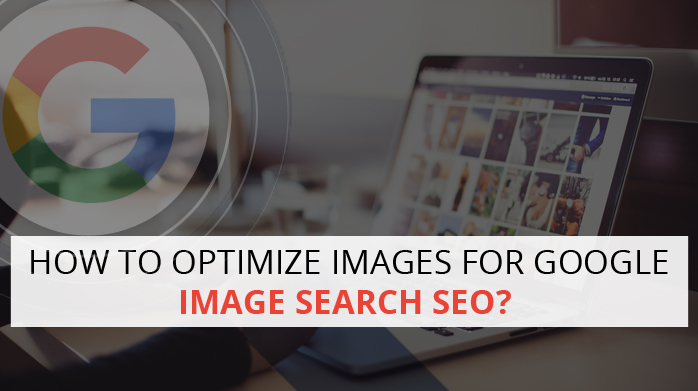
Web image optimization is a process of delivering high-quality images in the correct format, dimension, size and resolution while maintaining the smallest size possible.
Image optimization can be performed by resizing pictures, caching or compressing the volume using the best SEO tools. It has been demonstrated that pictures are important in linking consumers to your products.
If your website requires more than 3 seconds to load, it is more probable to be abandoned by customers, which will boost your bounce rate drastically and eventually impact your conversions.
Image optimization helps improve page load velocity, boosts SEO ranking on websites, and enhances user experience. So, let us know in detail about the hacks to image optimizer.
Google Analytics tools and characteristics must be used. For example, you can determine the load speed of the site and page.
Typically, heavy pages of websites may tend to load slower owing to the presence of pictures that are similarly heavy. By evaluating load times, you can determine if there are too many and too heavy SEO images on a specific page for Image optimization SEO.
By now, you should have known Google is unable to read pictures, but it can read alt texts and captions. This makes it even more important to let Google understand what the picture means by better naming the picture.
For example, those Image001.jpeg days are gone. Optimizing-image-files-for-better-seo.jpeg is what’s in right now. The picture itself can add to this, with its proper name, so that Google image search can find out what the website is about. However, don’t put a name too long. Avoid stuffing with keywords.
Better yet, if you consider each picture to be essential, you can consider lowering the image file sizes. You can either crop or compress the pictures.
Many instruments are available to assist you with this. One example is Paint, in which the pixel size can be reduced. There is no need to sacrifice the image quality with this. The same applies to the sacrifice of user experience (UX) quality.
SEO service India, providers use alt texts to make sure the alt text you’re putting is also rich in keywords. Alt-text is the image’s alternative text from its name.
If the browser is unable to correctly display the picture, the alt text will appear as a replacement for the picture. This is particularly true if the image cannot be loaded by the browser because it is too heavy.
Know that JPEG and PNG are the suggested image file type on the internet. Anything that goes beyond these two could be a compromise. Thus, if JPEG pictures can be found and used, do so. Only your second choice should be to use PNG.
Remember that all these points to one significant thing apart from satisfying Google: UX. Great content builds traffic, but the pictures that come with it provide context for a better understanding of the written material.
So, if your picture files are not yet optimized, now is the correct moment to do so. Just pursue the above points.
In case if you are a newbie and you don’t have knowledge on the above terms then it is recommended to opt best SEO Company in Delhi.